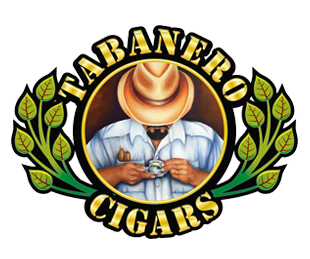The Wonders Of The Cuban Seed
You may be someone who thoroughly enjoys Cuban cigars on an occasional or regular basis, but have you ever stopped to think about what goes into this cigar?
The composition of the Cuban cigar goes all the way down to the very thing that it would not exist without - the Cuban seed!
If you're interested in knowing more, then here are some details about the Cuban seed that you may not have known, along with a fun little history lesson!

What Is The Cuban Seed?
Typically, Cuban seed refers to plants that are cultivated in non-Cuban nations from Cuban seeds. Tobaccos from Cuban seeds have a strong flavor. Tobacco alters when grown in different soils, so a Cuban seed planted in the Dominican Republic, for example, will not taste the same as one grown in Cuba.
The plants that sprouted from this newly imported seed came in a variety of shapes and sizes. This sort of separation occurred as a result of changes in soil and climatic circumstances, resulting in a wide range of plants developed from imported seeds.
When the southern seed is transported to northern tobacco districts, the differences are very noticeable.
History Of The Cuban Seed
Science attempted to research and precisely improve the vast diversity of plant strains utilized to create Tabaco Negro Cubano at the turn of the twentieth century.
Two objectives were set - the first one was to discover and isolate the plant strains responsible for the distinctive Cuban flavor of tobaccos. The second objective was to find resistant kinds - resistant to a variety of pests that had frequently attacked plantations and caused significant damage.
The Tabaco Habanensis cultivar was established in 1907.
In San Juan y Martnez, the cigar industry established its first research and testing station in 1937.
Criollo, an enhanced seed cultivar, was introduced in 1941. Ever since, all certified seeds for the growth of tobaccos for Havana cigars have been based on it.
The Criollo was expanded upon, and a type known as Corojo was created specifically for the cultivation of wrappers.
Four tobacco research stations currently serve Cuba's tobacco-growing regions. All of the seeds that the growers use are regulated here. Of course, the investigation into the mystery of the Habano proceeds.
The Beauty Of The Cuban Seed
Without the Cuban seed, we would not have had the Cuban cigars.
To look into these cigars with further scrutiny, it is said that Cuban cigars are well-known around the world. They're often regarded as the greatest cigars on the market. Tobacco has been produced in Cuba for hundreds of years, and cigars have been manufactured there since the reign of King Phillip II of Spain (1527-1598).
Cuba's cigar industry is currently governed by the Cuban government. This state intervention serves as a quality control measure, ensuring that every cigar that leaves the factory is well-made, properly rolled, and free of defects or imperfections.
These cigars stand out because they are created with high-quality components, and each one is handcrafted with great care and attention. In truth, it is believed that the production of a single Cuban cigar involves over a hundred processes.
The industry adheres to a meticulous cigar-making process that hasn't evolved much in the last century or so. Another feature that distinguishes these cigars from those created in other nations is their meticulous attention to detail.
The Cuban seed is what brings the Cuban cigar its signature flavor, without which we would not be able to experience the luxurious feeling of this cigar.
If you want to be in on another wonder of the Cuban Seed, you will definitely want to know about Tabanero Cigars.
Offering one of the best cigars, the Maceda Brand is one that will show you the true capability of the Cuban tobacco seed.







Yanko Maceda
Author